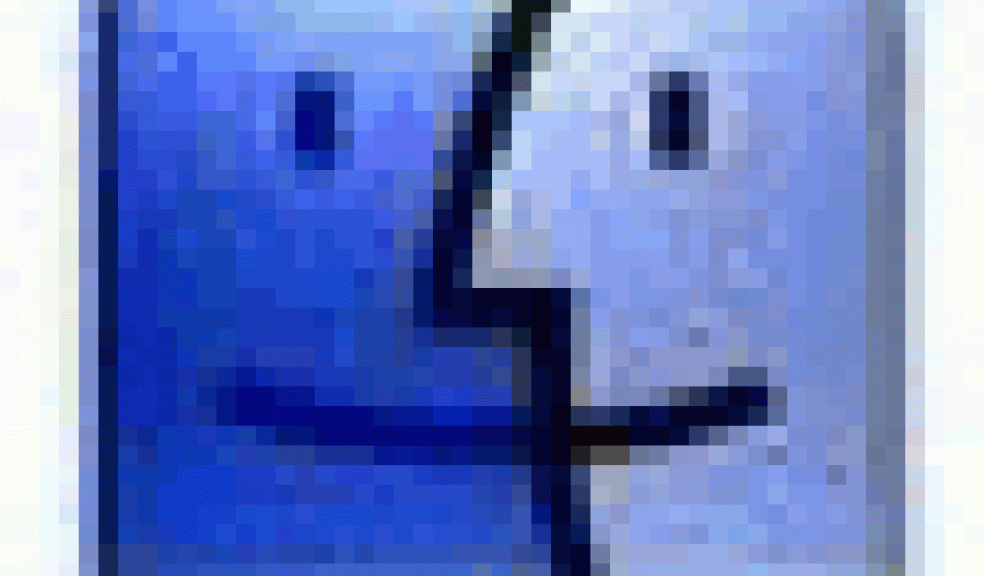
Buckland Abbey's painting confirmed as a Rembrandt
The world’s leading Rembrandt expert has confirmed the first ever Rembrandt in Buckland Abbey's collection of 13,500 paintings.
The Dutch Master’s self portrait has been identified hanging on the walls of the National Trust visitor attraction in Devon, the former home of Sir Francis Drake. For the last 40 years the painting’s provenance has been shrouded in mystery after Rembrandt specialist Horst Gerson and the Rembrandt Research Project (RRP) concluded that the portrait of Rembrandt was produced by one of Rembrandt’s pupils.
But now, after years of studying the Dutch Master’s style, and following a new investigation of the painting by the world’s leading Rembrandt expert – Ernst van de Wetering – the painting has been reattributed as being a self-portrait by Rembrandt himself.
Later this year the painting will go for specialist cleaning and further examination that will shed more light on the painting’s attribution.
Given to Buckland Abbey in 2010, the painting now has an estimated nominal value of £20 million, though the Abbey say that as they care for items for public benefit for ever, it could never be sold.
David Taylor, Curator of Paintings and Sculpture said: "These latest investigations are incredibly exciting and important. The conservation work and technical analysis being undertaken over the winter will give us further confirmation regarding the picture’s authorship."
Rembrandt Harmenszoon van Rijn (1606-1669) is widely regarded as one of the most prolific self portraitists ever with experts estimating that he painted 40-50 pictures of himself in oils and used himself as a model in 32 etchings and 7 drawings. The Buckland portrait shows Rembrandt aged 29 and is ‘signed’ Rembrandt and dated 1635.
Ernst van de Wetering, Dutch art historian and Chair of the RRP, said: "Our team last scrutinised this self portrait in 1968, and according to what we knew then of Rembrandt’s style we decided it was most likely painted by one of his pupils.
"But, over the past 45 years we have gathered far more knowledge about Rembrandt’s self-portraits and the fluctuations in his style. In 2005 I published an analysis of the genesis of the painting on the basis of an X-ray. This analysis and newly found circumstantial evidence remarkably increased the likelihood that the painting was by Rembrandt himself. But, to be sure I had to see the painting again for myself.
"My observations of the painting technique during my recent visit to Buckland Abbey were in tune with what I had observed with other paintings of that period among which the Belshazar in the London National Gallery and the (also erroneously rejected) so-called 'Rabbi' in the British Royal Collection which show the same crude brushwork and painterly appearance."
About the painting
In the 91 x 72cm portrait, Rembrandt is wearing a black velvet cap with two ostrich feathers, a gorget (a decorative metal band worn round the neck) and a short, decorated velvet cape.
The painting was acquired by the Abbey in September 2010 as a gift from the estate of the late Edna, Lady Samuel of Wych Cross. Her husband, the late Harold, Lord Samuel of Wych Cross (1912-1987) was a property developer and philanthropist who collected a great number of paintings during his time, many of which are now on display at the Mansion House in London. It was previously owned by the Princes of Liechtenstein.
Jez McDermott, Property Manager at Buckland Abbey, said: "It’s amazing to think we might’ve had an actual Rembrandt hanging here on the walls at Buckland Abbey for the past couple of years. We never dared think that it might actually be an original and many of our visitors will have just passed by it, in what is sure to be a real contrast to the attention it is now going to receive. Buckland’s Rembrandt is certain to become one of the many highlights of the property for visitors to enjoy."
Mr Taylor continued: "Rembrandt was one of the great artists of the so-called Dutch Golden Age. He produced a huge number of self portraits throughout his career, partly because he had a ready subject matter in himself through which he could develop his painting technique, but also because – as he was already famous - the finished images were highly desirable pictures for collectors.
"This portrait is now one of our most important works of art, and will be the only Rembrandt in the National Trust’s collection of approximately 13,500 paintings."
The work to verify the painting will include a painstaking clean as well as a full technical analysis to include x-rays, examination of paint pigments, infrared reflectography to examine any underdrawing and dendrochronology (tree ring dating) to establish the date of the beech panel on which it is painted. The £20,000 needed for these additional investigations has been provided thanks to players of People’s Postcode Lottery.
Kate Pearson, Trusts Manager at People's Postcode Lottery said: "We are delighted that our players will be helping the National Trust in its investigations of this intriguing painting.
"Everyone loves a mystery and we are very excited to be involved and as well as funding the investigations, the painting will also be restored at the same time to ensure it can remain at its best for many more years to come."
The painting will remain on display for the next eight months at Buckland before going away for cleaning and further investigation. It will be returned to the property for visitors to enjoy in 2014, once cleaned and once the mystery is solved.













